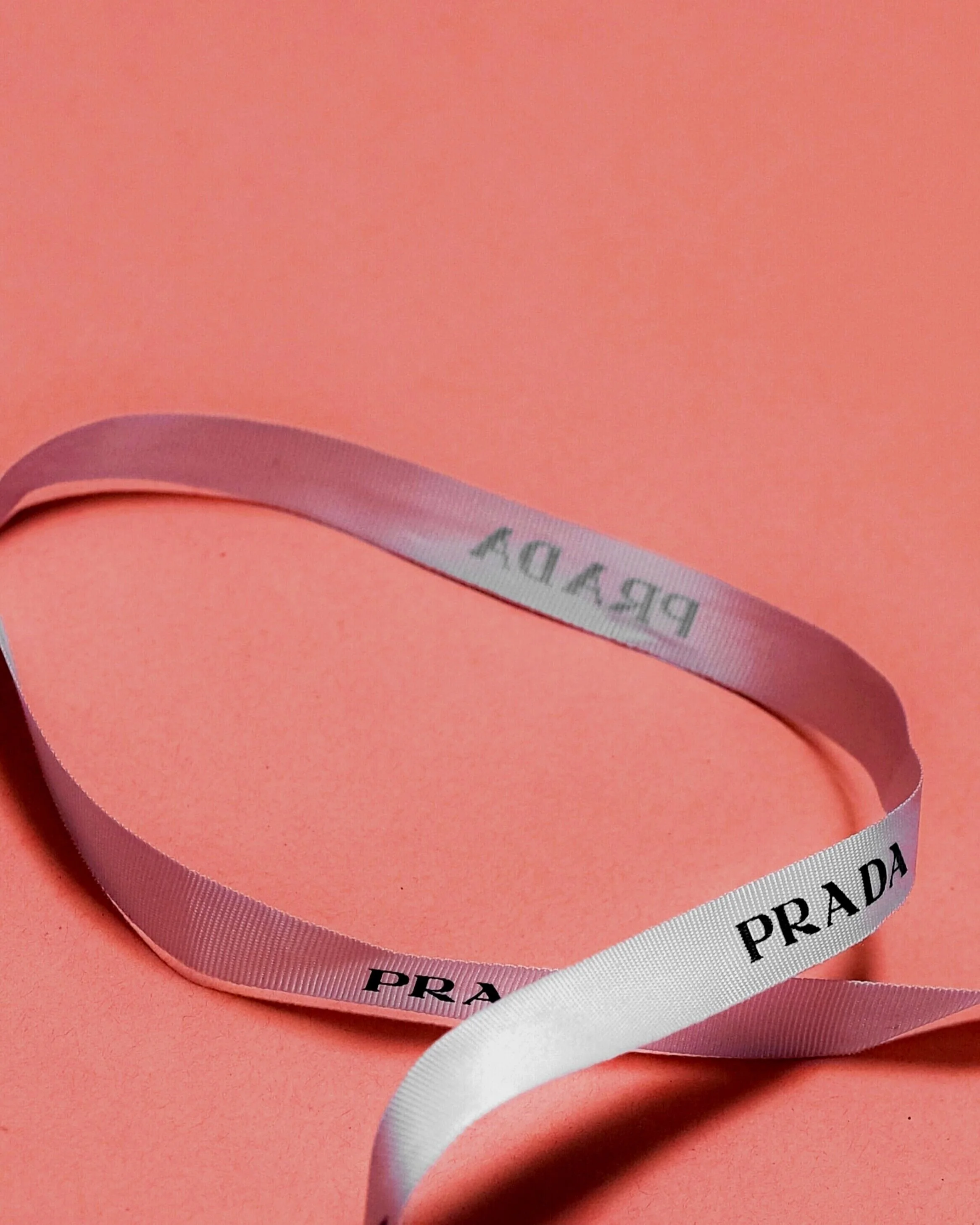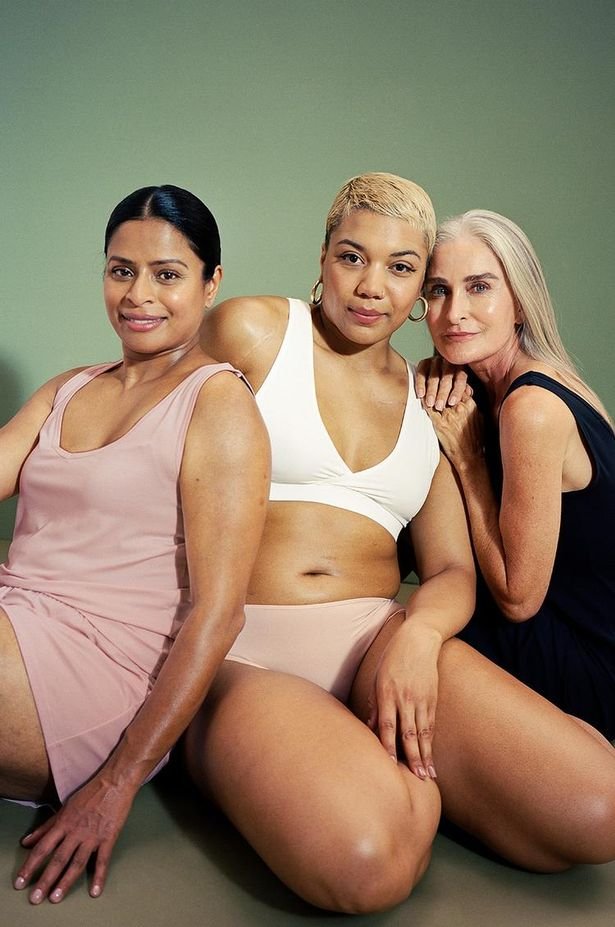Luxury Without Excess
Luxury brands have always engaged with customers through storytelling. From Chanel and Saint Laurent to Christian Dior and Givenchy, these heritage brands boast iconic founders - the arbiters of taste in their day - a rich artisanal heritage and sumptuous archives. They are swathed in mystery and desirability. As Alber Elbaz, former creative director of the 100-year-old French fashion house Lanvin, put it, “we are in an industry of a man and a woman, of a needle and thread, and of fabric, and a dream”. Luxury fashion has always told a seductive tale of fantasy, love and desire.
But the world is changing, and so the narrative of luxury brands must too. It is no longer enough for Bernard Arnault, head of the luxury goods group LVMH, which includes Louis Vuitton and Christian Dior, to remark, “What we create is emblematic. It’s linked to Versailles, to Marie Antoinette.” Associations with ancient nobility and romantic French cities are falling on, not quite deaf ears, but ears that are tuned into an entirely different frequency. The world is being turned on its axis and fashion norms are being abruptly upended; a nurse, for instance, rather than a model or celebrity, is gracing the cover of British Vogue this month; shoppers today must queue to gain entrance to their favourite stores and are greeted by sales assistants wearing medical masks and latex gloves; brands, designers, publications and agencies are being called out for harbouring racist attitudes and practices since the heartbreaking killing of George Floyd in Minnesota two weeks ago.
Luxury brands are under intense pressure to tell a new, more modern story because the traditional fairy tale now looks a little like a pipe dream.
Twenty years ago, authenticity was something we expected from our friends and families, from doctors and teachers. But today, luxury is becoming inextricably linked to the idea of transparency, and of trust, because what fosters confidence and well-being in consumers has changed dramatically over the past two decades.
More than ever before, shoppers want to experience a connection with the brands they buy from. They want to feel they have shared values. Fashion has always been a cultural signifier, a reflection of the zeitgeist, and for this reason, luxury brands can no longer ignore the conversation around sustainability. When heritage label Burberry was reported to have burned more than £26 million of stock in 2018 in order to avoid “devaluing” the brand, it was forced to immediately end the practice after green activists and consumers alike reacted with absolute horror. The company’s chief executive, Marco Gobbetti, admitted that “Modern luxury means being socially and environmentally responsible.” For the future, Burberry’s “values” must take precedence over the “value” of its over-stock. That same year, luxury group Kering, which includes Balenciaga and Gucci in its portfolio, released its 2025 Ethical Statement, which stated that “...sustainability and luxury are one and the same."
image by Marcus Spiske, published with thanks
the new luxury
Luxury is no longer directly associated with tangible items like fur, diamonds and silk. Today it’s anchored by principles and practices. Excess is out, ethics are in. It was Coco Chanel who once said that “Luxury is the opposite of vulgarity” and that’s never felt more true. What is more crude than indiscriminately burning millions of beautiful items when instead they could have been donated to the pre-loved market, sold for charity, or gifted to deserving employees and loyal customers?
What is more tawdry than creating objects of beauty in ugly and squalid conditions? And what is more coarse than opposing diversity in a creative industry that can only benefit from different visions, voices, ideas and perspectives?
There’s a wonderful African proverb which says, “If there is character, ugliness becomes beauty; if there is none, beauty becomes ugliness.” We’ve seen the ugly side of luxury in recent times. Over the past couple of weeks, George Floyd’s cruel death has prompted every individual, community and organisation to question both their beliefs and their actions, including luxury fashion brands. Writing for the Business of Fashion in early June, Jason Campbell and Henrietta Gallina wrote: “...fashion has established narratives that effectively support white supremacy - from the sinister measure of beauty by white European standards and the criminalisation of black bodies in luxury stores to a legacy of erasing black culture’s contributions to fashion aesthetics, anti-black hiring practices and workplace bias.” They go on to denounce the industry as “one of the greatest racial oppressors in the world.” Meanwhile, supermodel Joan Smalls also publicly criticised the industry for perpetuating systematic racism and has committed to donating half her income for the rest of the year to the Black Lives Matter movement.
British designer Stella McCartney once said of sustainable fashion, “The minute we all join hands and have the same mission and the same honest approach, we’ll get there.” The same can be said about inclusivity. There is beauty in humanity, you see. Quality and craftsmanship will always be important in producing a luxury product, but forging an emotional connection with consumers is paramount, and that involves creating a narrative that resonates and inspires with individuals whose priorities and perspectives are not what they were a decade ago. What we see on the facade of a fashion house has to be reflected behind its scenes. Louis Vuitton has some understanding of this. Back in 2011, the brand introduced a meet-the-artisans initiative in which it opened the doors of half its ateliers to customers so that they could see firsthand the artisans painstakingly hand-stitching handbag seams. They demonstrated that they were prepared to put their money where their mouth was.
As human beings, we are hardwired to consume. The independent.ie reported this week that almost 4,800 people had booked appointments to shop in Brown Thomas and Arnotts on its opening day after lockdown. It sounds a little like the St Stephen’s Day rush on the city centre after two days cooped up at home with family, but amplified. There were also queues outside Penneys in both Dublin and Limerick on Friday.
As consumers we need to make sure that we put our money where our mouth is too; that we don’t simply pay lip service to the issues of sustainability and inclusivity; and that we contribute to redefining what luxury means for the future.
The challenge I’m setting myself is to uncover black fashion brands and support them. I also need to spend more of my money with independent and pre-loved retailers and support only those high street stores that have a clear sustainability policy, such as H&M. Change is often the result of small wins after all. Inevitably this will mean shopping less often, but won’t that in itself enhance the “luxury” feeling of everything I buy?
The Cambridge English dictionary defines luxury as “great comfort, especially as provided by expensive and beautiful things”. As the world evolves, so does language and eventually, dictionaries catch up. It seems to me that this definition is already a little outdated. Perhaps something along the lines of “luxury is great comfort, especially as provided by beautiful things of good character” would be more appropriate in 2020.
Marie Kelly, June 2020.
Share and comment below!
join the conversation
share and comment below, we’d love to hear your thoughts…

















